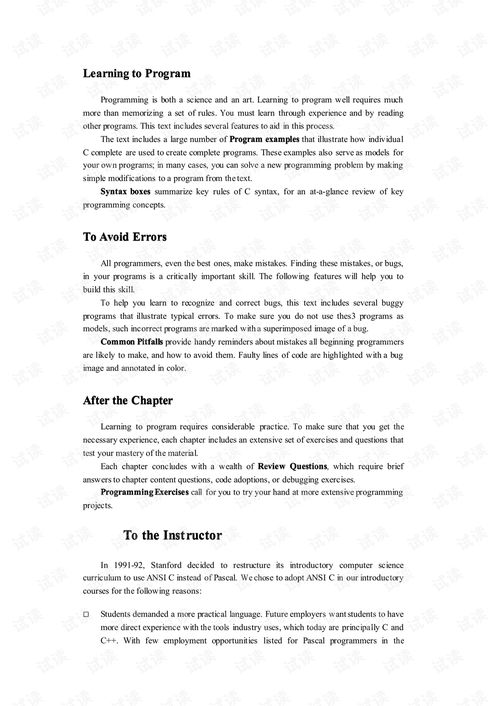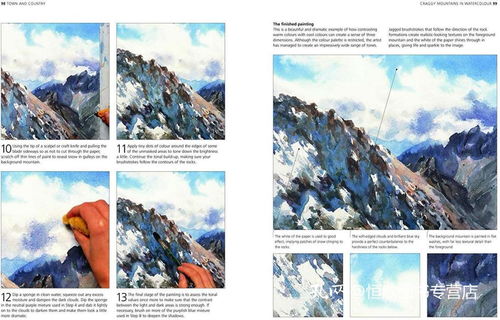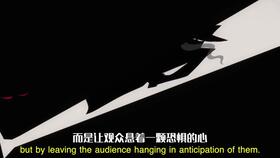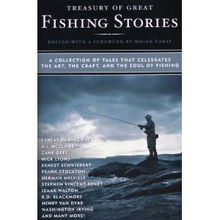How to Fish for Small Fish: Techniques and Illustrations for Success
Fishing for small fish can be a delightful and rewarding experience, whether you're a beginner or an experienced angler looking to hone your skills. Small fish, such as minnows, sunfish, and guppies, are not only fun to catch but also make for great bait for larger fish. In this article, we'll delve into the art of catching small fish, offering a variety of techniques and a helpful illustration guide to help you become a master angler.
Choosing the Right Equipment
Before you start fishing for small fish, it's essential to have the right equipment. Here's a rundown of the gear you'll need:
Rod and Reel: A lightweight spinning rod and reel are ideal for small fish. The rod should be between 6 to 8 feet long, and the reel should be able to hold at least 100 yards of monofilament line.
Line: Use monofilament line with a thickness of 4 to 6 pounds. This line is strong enough to handle small fish but light enough to cast easily.
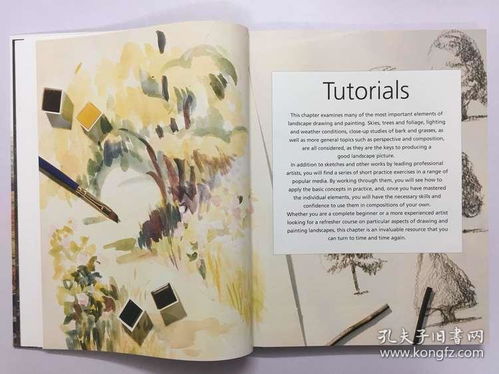
Hook: A small, lightweight hook, such as a size 8 or 10, is perfect for small fish. The hook should be made of high-quality material to ensure it doesn't bend or break easily.
Lures and Baits: Small fish are often attracted to bright, colorful lures or natural baits like worms, insects, or small pieces of fish. Choose lures that mimic the movement and appearance of small prey.
Leader and Swivel: A 12 to 18-inch leader made of the same line as your main line is necessary to prevent your lure from getting tangled in underwater debris. A swivel at the end of the leader helps prevent line twist.
Techniques for Catching Small Fish
Cast and Retrieve: This is the most common technique for catching small fish. Cast your lure out into the water and retrieve it by reeling it in slowly. Pay attention to the movement of your lure and adjust your retrieve speed accordingly.
Trolling: Trolling involves slowly moving your boat or casting your line and letting it drift with the current. This method is effective for covering more water and attracting small fish that may be following the boat.
Still Fishing: If you're fishing in a calm area, you can try still fishing. Cast your line out and let it sit still for a while. This method is particularly effective for fish that are feeding on the surface.
Feeding Areas: Small fish often gather in areas where there's an abundance of food. Look for areas with aquatic plants, rocks, or logs, as these provide cover and attract small fish.
Illustrations for Better Understanding
To help you visualize the techniques mentioned above, here are some step-by-step illustrations:
Illustration 1: Casting and Retrieving
- Step 1: Hold the rod with both hands, positioning your thumb and index finger on the reel handle.
- Step 2: Position the lure at the end of your line and make a smooth, controlled cast.
- Step 3: Retrieve the lure by winding the reel handle slowly.
- Step 4: Watch for any signs of a bite and set the hook if you feel a tap.
Illustration 2: Trolling
- Step 1: Attach your lure to the end of your line and add a swivel and leader.
- Step 2: Cast your line out and let it drift with the current.
- Step 3: Adjust the speed of your boat or the tension on your line to control the depth of your lure.
- Step 4: Keep an eye on your line for any signs of a bite.
Illustration 3: Still Fishing
- Step 1: Cast your line out and let it sit still in the water.
- Step 2: Wait for a few minutes, then gently retrieve your line.
- Step 3: Pay attention to any subtle movements in your line that could indicate a bite.
Conclusion
Catching small fish can be a fulfilling activity that requires patience, practice, and the right techniques. By choosing the right equipment, understanding the different fishing methods, and using the provided illustrations as a guide, you'll be well on your way to becoming a skilled small fish angler. So grab your gear, head to your favorite fishing spot, and enjoy the thrill of the catch!

